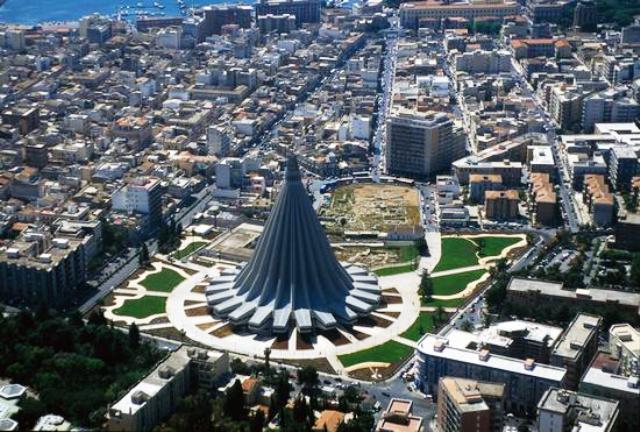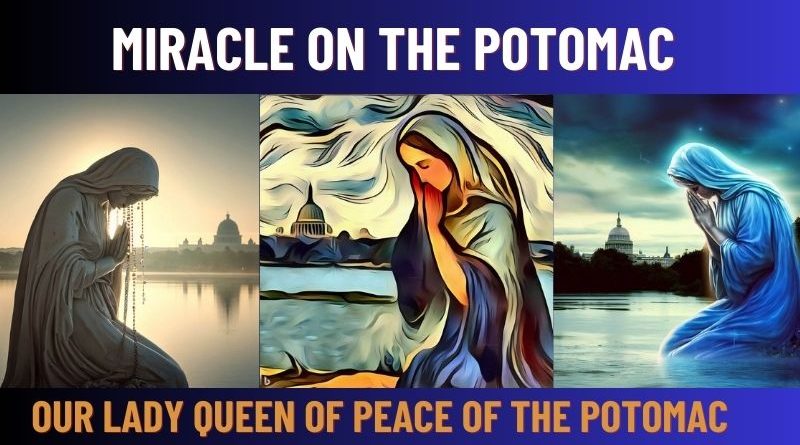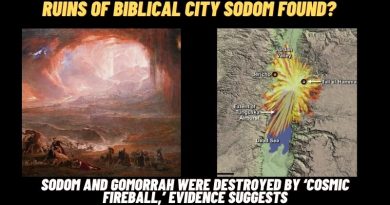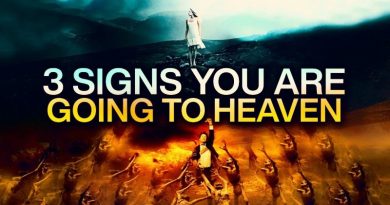Miracle on the Potomac
From 1991-1993, on the outskirts of the nation’s capital, near the banks of the Potomac River hundreds of statues of the Blessed Virgin Mary were reported weeping before thousands of astonished witnesses, including dozens of disbelieving secular news outlets including the Washington Post.
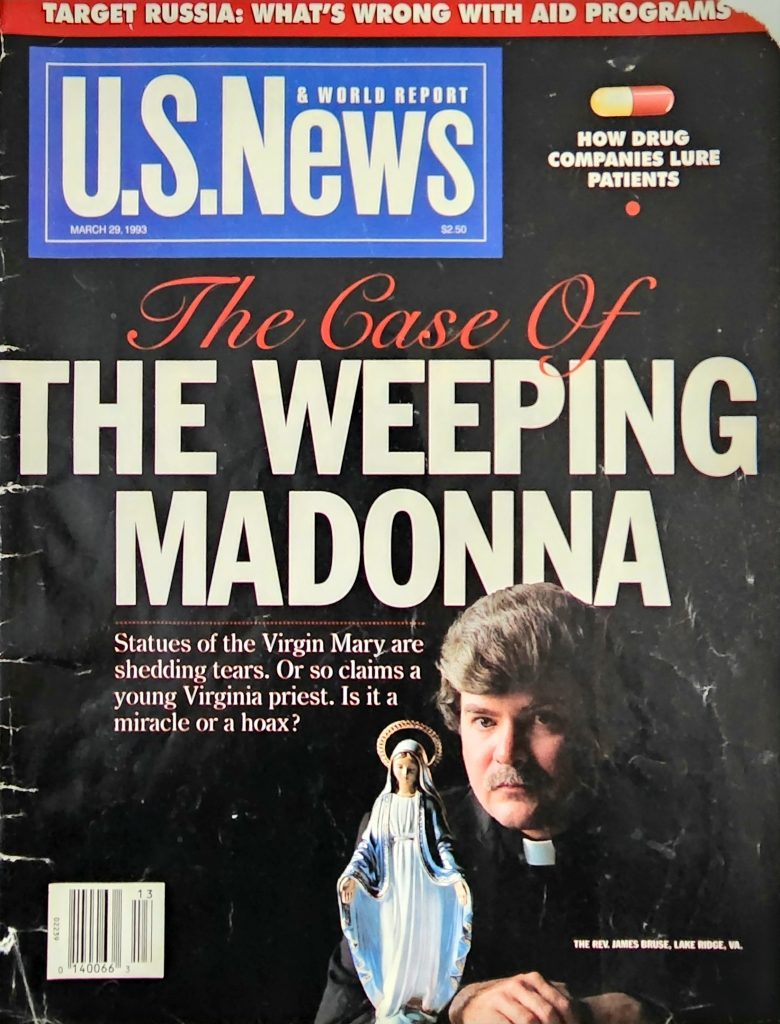
Some statues added or rotated colors. Numerous rosaries changed color.
Some people reported seeing the “miracle of the sun” while others noticed a powerful scent of roses when there were no flowers or other reasons for such a fragrance.
Powerful conversion experiences abounded. Most of the events seemed to be associated with a humble Catholic priest, Father James Bruse, who also received five wounds on his body replicating the crucifixion wounds of Christ, also known as “stigmata.”
Mystic Post has been investigating the incredible case of weeping statues of the Virgin Mary and we are working on a film documentary of the events.
James Carney wrote a powerful essay on the case of the weeping statues in Northern Virginia – The complete essay can be read in his great book “The Seton Miracles”
He writes: “Altogether, the Journal describes an astonishing litany of supernatural activities, mostly weeping statues of Jesus and Mary, that took place intensively and widely over a period of about six months and continued on a much more localized, low-key basis for more than a year afterward.
This is not the first demonstration of weeping statues, of course, nor has it been the last. This phenomenon has been widespread throughout the entire world in this century.
In the Journal, I will discuss some of those. But it seems safe to say that the quantity, variety and duration of weeping statues and other inexplicable phenomena which were associated with Father James Bruse were not only incomparably greater than any other similar display in history, but may actually have exceeded all of the others put together.
Add to that the dramatic supernatural event of the stigmata being imposed upon a Catholic priest–only the second time in history that has occurred–and one can only conclude that God sent a virtual clarion call to humanity, certainly to America.
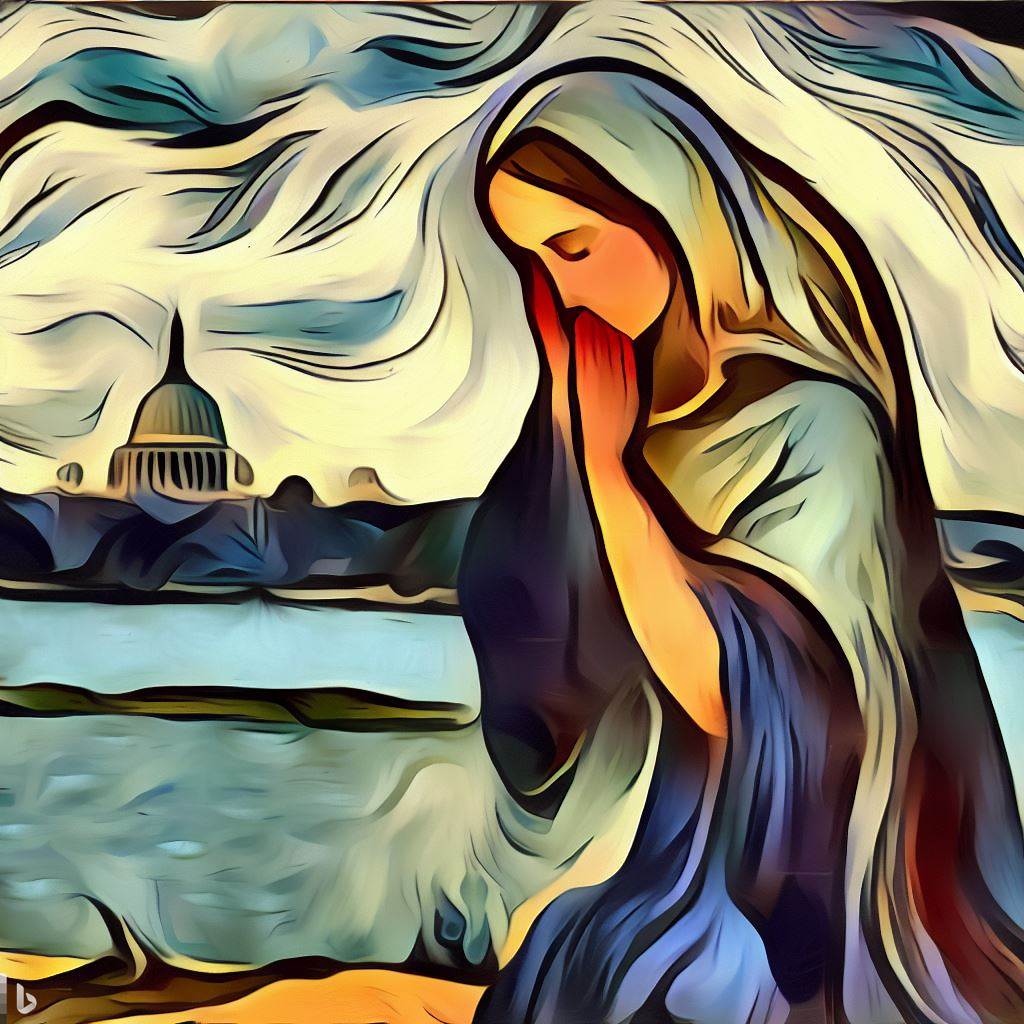
We will consider hereafter what that clarion call, delivered through the Mother of God, might mean; in fact, what it certainly must mean.
I believe the weeping statues and other phenomena themselves were intended primarily for the skeptical, the worldly, the disbelieving, the doubtful, the uncomprehending and the searching.
Of course, the message is vital for everyone and the faith enhancement is powerful even for those who are already devout.
But, as Jesus said when questioned about his willingness to eat with tax collectors and other disreputables in his Jewish society, “People who are healthy do not need a doctor; sick people do.
I have come to call sinners, not the self-righteous.” (Mk 2:17)
In a subsequent chapter, I will speak directly to the various criticisms and challenges put forth against the weeping statues and other phenomena in Lake Ridge and elsewhere.
But even those blessed with a strong Christian faith will find much here to ponder and appreciate. Sadly, as usual, those who will not look, shall not see, and those who refuse to listen, will not hear.

Deadened hearts are not moved by tears, even tears of blood.
Without question, the single most unfortunate aspect of this enormous favor from the Lord has been the misunderstanding which has arisen from the response of the bishop of the Diocese of Arlington, in whose jurisdiction most of it occurred.
Father Bruse is a priest of the Arlington diocese.
As you will discover from the Journal, Bishop John R. Keating first learned of the weeping statues and Father Bruse’s stigmata wounds on January 2, 1992, in a phone call from our pastor, Father Daniel Hamilton.
The next day, Father Hamilton brought him the small (about 8″ high) St. Elizabeth Seton statue which had wept apparent blood, and was still stained with it, and the taller Fatima statue which had flooded Fr. Hamilton’s dresser with its tears on New Year’s eve.
Bishop Keating locked the two little statues away and scheduled an early meeting with Father Bruse.
He asked Father Bruse to be examined by his personal physician and a psychiatrist (see the Journal).
In the meantime, the bishop counseled further observation and a continuation of the public silence.
This was perplexing to many of us who knew about the events and it became an increasing source of frustration and confusion.
Some of us wrote to Bishop Keating asking for his investigation. To my knowledge, no one received a reply to any of these letters. I know I did not. The bishop obviously believed that his approach of waiting and watching was the best response to the situation, but it is difficult to reconcile with an Ordinary’s duties under canon law.
Father Michael Smith Foster, JCD, a canon law expert, has stated: “Because the bishop is responsible for public worship in the diocese, it is his responsibility to discern what is apparently miraculous and to approve of the gathering for public worship….
Should an apparently miraculous event occur, the people may petition the bishop to investigate what is happening. If the bishop determines that there is sufficient evidence for an investigation, he should begin a process which would lead to a decision concerning the supernatural character of the event…. Above all, for purposes of regulating the liturgical life of the diocese, the bishop’s responsibility is to assure that the people committed to his care are not being deceived and that something authentically miraculous has occurred, so others who wish may commemorate the sacred event in their worship. In exercising their episcopal oversight, bishops must be diligent in their search for the truth, open to the presence of the miraculous, and able to reject what is inauthentic or false.
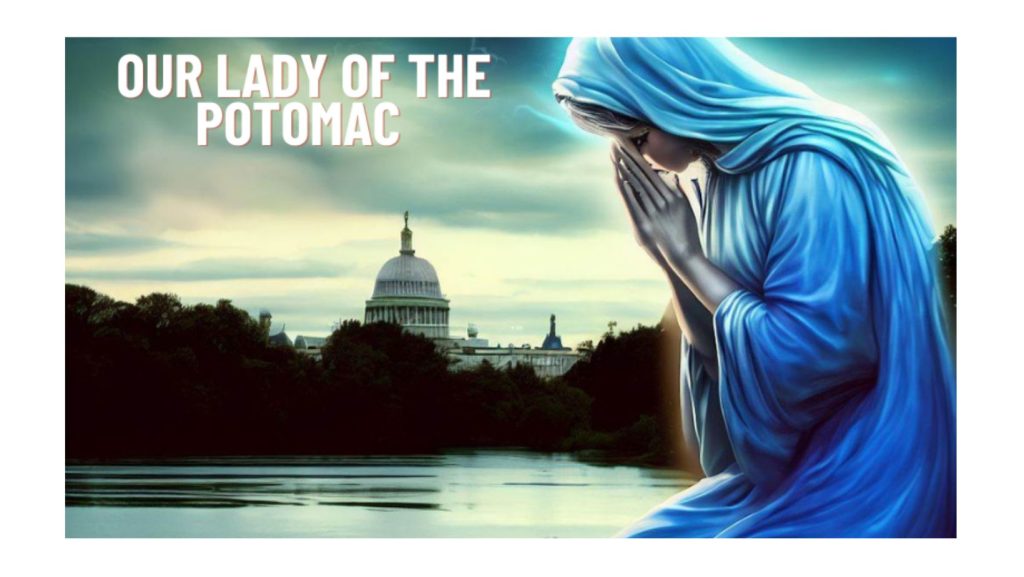
Finally, the ever-widening circle of parishioners, friends and relatives who learned of the weeping statues and Father Bruse grew to the point that the press did get wind of the matter.
On March 6, 1992, the Washington CBS television affiliate, WUSA (Channel 9), broadcast the story on the 11:00 p.m. news.
The Washington Post and considerable other national and world press followed promptly.
The day before the story broke, the Chancery stated its position on the matter in a formal declaration to Father Hamilton.
The full statement is included at Appendix A, but what it said, in a nutshell, is that since there was no overt divine message being delivered, there was nothing to investigate.
This was certainly a peculiar determination since only physical phenomena can be investigated. Reports of apparitions and locutions cannot be investigated.
They can merely be assessed as to whether they are consistent with Catholic faith and morals.
In fact, the validity of apparitions is almost always determined by the accompaniment of inexplicable physical signs, such as the mysterious spring and subsequent miraculous healings at Lourdes or the incredible spinning and falling sun presented to 70,000 people at Fatima.
How else can God give these private revelations His seal of authenticity? Barring some internal contradiction or conflict with Catholic doctrine and traditions, only inexplicable, external evidence can provide the necessary supernatural endorsement which will permit the Church to authorize its priests and faithful to consider the event as a genuine private revelation.
So the faithful in St. Elizabeth Ann Seton parish and elsewhere were left to muddle through on their own.
From that moment forward, the diocesan Chancery would essentially refuse to acknowledge even that anything out of the ordinary was happening.
Further, Fathers Hamilton and Bruse were told to conduct one press conference on March 12 and thereafter to say nothing else and do nothing further which would encourage the faithful to believe that anything miraculous was happening around Father Bruse.
Of course, the phenomena went right on, increasing in scope and variety.
Thousands of people witnessed innumerable statues, icons, crucifixes, rosaries and religious medals weep or change colors, sometimes both.
The secular press continued to publish numerous stories, some with photos of statues weeping.
Father Bruse and Father Hamilton refused numerous requests for interviews and talk show appearances.
The diocesan newspaper, the Arlington Catholic Herald, published a cover story on March 19, using terms like “seeped” and “produced water,” and thereafter was silent on the subject.
The problem with such “stone-walling,” as many politicians and others have discovered, is that just as nature abhors a vacuum, so questions seek answers, whether official or unofficial, correct or incorrect.
The thousands of people who saw statues weep at various times did not need an official declaration to confirm what their eyes told them. Those who trusted in the eyewitness testimony and photographs of others were also satisfied as to the obvious Source of what was happening around Father Bruse.
But throughout the larger Church community, Bishop Keating’s determination to ignore the events inevitably generated a conclusion that he had condemned them as false.
The point here is that people expect an investigation of the inexplicable. And one which points to God as its cause produces an expectation in the faithful that the Church will represent them in ascertaining to the best of anyone’s ability whether God is manifesting Himself in some special way.
He has done so countless times, either directly or through one of His saintly creations, especially the Blessed Virgin Mary, since Jesus Christ ascended to heaven.
Even though these occasions add nothing to the deposit of Faith, they are continuing signs of God’s love for us and His desire to help us.
Perhaps even more to the point, however, is that these occasions usually bring an important message, whether explicitly stated or not. Father Bruse and the weeping statues, etc., at Saint Elizabeth Ann Seton Catholic Church, etc., are no exception. Bishop Keating’s decision to ignore the events is a mystery, a very unfortunate one. It did not leave a neutral opinion in its wake. It left a negative implication because the common response to such matters is to want to find out what is happening and why. The bishop’s apparent disinterest suggested that he must know something negative about the cause of the phenomena.
As for whether a message can be divined from silent, tearful statues of the Blessed Virgin Mary, we need look no further than the words of His Holiness John Paul II, the Vicar of Christ on earth:
“The tears of the Madonna belong to the order of signs. She is a mother crying when she sees her children threatened by a spiritual or physical evil.”
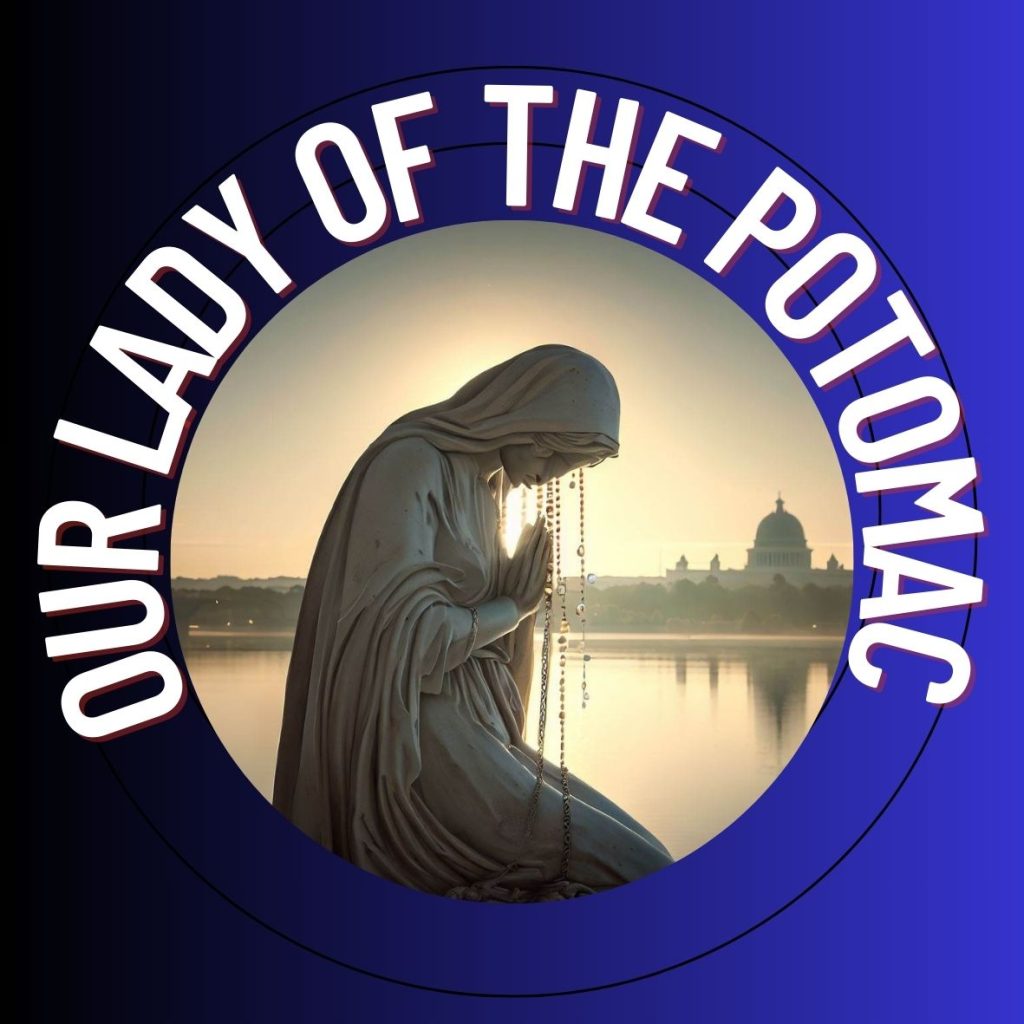
As noted by Agostino Bono in his story in the Arlington Catholic Herald, “When tears shed by Marian images are declared miraculous by the church, they take on an almost cosmic significance. They show concern for events past and forewarn of dangers to come. They are tears of prayer and hope.” But how can the origins be deemed miraculous if the responsible church official refuses to investigate and report?
Weeping Madonna of Syracuse – 300 foot sanctuary built in honor of the Blessed Mother’s tears.
Article by Catholic News Agency
In an August 29 Mass offered by Archbishop Salvatore Pappalardo, the archdiocese of Syracuse on the Italian island of Sicily commemorated the miraculous shedding of tears in 1953 of an image of the Immaculate Heart of Mary.
